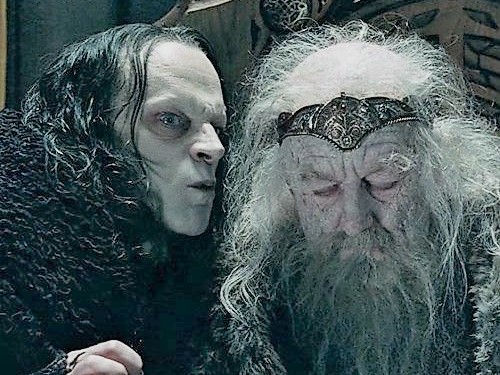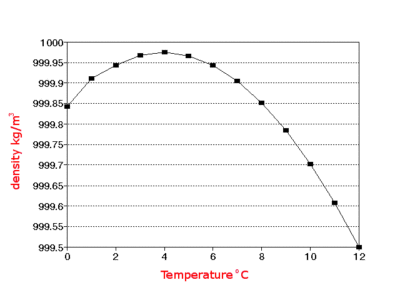Ben Hunt
Co-Founder and CIO
Ben Hunt is the creator of Epsilon Theory and inspiration behind Second Foundation Partners, which he co-founded with Rusty Guinn in June 2018.
Epsilon Theory, Second Foundation’s principal publishing brand, is a newsletter and website that examines markets through the lenses of game theory and history. Over 100,000 professional investors and allocators across 180 countries read Epsilon Theory for its fresh perspective and novel insights into market dynamics. As Chief Investment Officer, Ben bears primary responsibility for determining the Company’s investment views and positioning of model portfolios. He is also the primary author of materials distributed through Epsilon Theory.
Ben taught political science for 10 years: at New York University from 1991 until 1997 and (with tenure) at Southern Methodist University from 1997 until 2000. He also wrote two academic books: Getting to War (Univ. of Michigan Press, 1997) and Policy and Party Competition (Routledge, 1992), which he co-authored with Michael Laver. Ben is the founder of two technology companies and the co-founder of SmartEquip, Inc., a software company for the construction equipment industry that provides intelligent schematics and parts diagrams to facilitate e-commerce in spare parts.
He began his investment career in 2003, first in venture capital and subsequently on two long/short equity hedge funds. He worked at Iridian Asset Management from 2006 until 2011 and TIG Advisors from 2012 until 2013. He joined Rusty at Salient in 2013, where he combined his background as a portfolio manager, risk manager, and entrepreneur with academic experience in game theory and econometrics to work with Salient’s own portfolio managers and its financial advisor clients to improve client outcomes.
Ben is a graduate of Vanderbilt University (1986) and earned his Ph.D. in Government from Harvard University in 1991. He lives in the wilds of Redding, CT on Little River Farm, where he personifies the dilettante farmer that has been a stock comedic character since Cicero's day. Luckily his wife, Jennifer, and four daughters, Harper, Hannah, Haven and Halle, are always there to save the day. Ben's hobbies include comic books, Alabama football, beekeeping, and humoring Rusty in trivia "competitions".
Articles by Ben:
The MacGuffin is the object of desire.
It is the thing around which the plot of the story revolves.
Here is the story arc of SBF and FTX, and the MacGuffin that anchored it all – the Magical Money Machine.
A big change in our Narrative monitors this month!
Also, some shocking (to me, anyway) data on how good some companies are with their stock buybacks, and how ugly and bad other companies are with theirs.
I think it’s going to be a long winter in tech-world.
In Q4 2007 – in the aftermath of the Bear Stearns MBS funds going out (June), the blow-up across most quant funds (August), and both autos and housing rolling over in the US – I got net short in my hedge fund and started looking for single stocks with business models that were levered to borrowing short and lending long in the structured mortgage product world.
Today I’m getting the same funny feeling about the structured mortgage product world.
This is the recording of our webinar on UK Pensions that took place on October 14th, 2022. If you want to continue the conversation, check out the ET Forum.
Everywhere you look today, you are seeing Wall Street and Washington missionaries using annualized month-over-month or quarter-over-quarter inflation statistics to “prove” their opinions that inflation is not embedded and – more importantly – their opinions that the Fed should stop hiking interest rates.
It’s a terribly flawed Cartoon of reality, but a very powerful narrative weapon.
My rule of thumb is that it takes about two months for the dead bodies of institutional investment firms that have been drowned by some macro turn of events to float to the surface. That’s a pretty gruesome way of making my point, and apologies for that, but it’s the best and truest analogy I could think of.
What we saw happen in the UK last week is the first shock, not the last, and all the massive pension funds and asset owners who have turned themselves into shadow hedge funds, full of swaps and leverage through the sweet whispers of Wall Street Wormtongue, will be our undoing.
The relationship between interest rates and inflation is non-linear and non-monotonic, and in exactly the same way that the Fed was unable to spur inflation by cutting rates to exceptionally low levels, so will they be unable to contain inflation by hiking rates off these exceptionally low levels.
The Fed first has to get interest rates to this monotonic tipping point before further interest rate hikes will have any appreciable effect in the real economy.
The math that drives 2023 dovish hopes on Wall Street and the White House is this: string 12 months of constant +0.2% month-over-month CPI readings together, and your CPI will end up at 2.43%.
Here are 4 consequences of policy makers waiting and hoping this comes to pass.





